Mastering Food Journaling: Easy Steps for Beginners
“`html
Mastering Food Journaling: Easy Steps for Beginners
Embarking on a dietary journey can often feel overwhelming, especially when starting a keto diet. However, one of the most effective tools for success is keeping a detailed food journal. Not only does it help track your food intake, but it also provides insights into your eating habits and assists in achieving your dietary goals. In this article, we will explore the benefits of food journaling, provide a step-by-step guide for beginners, and offer tips to make the process seamless and enjoyable.
Why Keep a Food Journal?
Before diving into the steps, it’s essential to understand the value of maintaining a food journal, especially on a keto diet:
1. **Increases Awareness**: Writing down everything you consume increases mindfulness about your eating habits and helps identify patterns you may not have noticed before.
2. **Tracks Nutrient Intake**: A food journal helps ensure you are meeting your macro and micronutrient goals, which is crucial for the success of a keto diet.
3. **Identifies Triggers**: By recording how you feel after meals, you can identify foods that trigger cravings or cause discomfort.
4. **Motivates and Holds Accountable**: Seeing your progress on paper can be incredibly motivating, and knowing you’ll be writing down everything you eat can encourage healthier choices.
5. **Facilitates Communication with Healthcare Providers**: If you’re working with a nutritionist or doctor, a detailed food journal can help them understand your eating habits and make more informed recommendations.
Getting Started: Setting Up Your Food Journal
The first step in mastering food journaling is setting it up correctly. Here’s how to get started:
Choose Your Format
Decide whether you prefer a digital or physical journal. Digital options, like apps and online platforms, offer convenience and often come with features like calorie and nutrient tracking. Physical notebooks, on the other hand, provide a personal touch and can be customized to your liking.
Select a Journal
If you opt for a physical journal, choose one that you enjoy writing in. It could be a simple notebook or a specialized food journal with pre-designed templates. For digital options, popular apps like MyFitnessPal, Carb Manager, or Keto Diet App are great for tracking keto-specific metrics.
Define Your Goals
Clarify what you want to achieve with your food journal. Whether it’s weight loss, improved energy levels, or better digestion, having clear goals will guide what you focus on recording.
What to Record
A comprehensive food journal should include the following elements:
Meals and Snacks
Record all your meals and snacks, including portion sizes. Be honest and precise, especially with foods high in carbs, which are restricted on a keto diet.
Macronutrients
Track your intake of carbohydrates, fats, and proteins. On keto, keeping carbs low and fats high is key, so this information is crucial.
Calories
While not the primary focus of keto, keeping an eye on your calorie intake can help with weight management and ensuring you’re not overeating.
Emotional and Physical Responses
Note how you feel before and after eating. Are you hungry, satisfied, or still craving more? Record any physical reactions, such as bloating or energy levels, to help identify trends.
Hydration
Water is essential, especially on a keto diet, which can be dehydrating. Track your water intake to ensure you’re staying properly hydrated.
Exercise and Activity
Include any physical activity, as exercise can impact your dietary requirements and overall health.
Step-by-Step Guide to Maintaining Your Food Journal
With your journal set up, follow these steps to ensure consistent and effective journaling:
Step 1: Record Immediately
Write down what you eat as soon as possible. This reduces the chance of forgetting and ensures accuracy.
Step 2: Be Detailed
Include as much detail as possible, such as specific ingredients, cooking methods, and portion sizes. This information provides a clearer picture of your dietary habits.
Step 3: Reflect Daily
Spend a few minutes each day reviewing your entries. Reflecting daily helps reinforce positive habits and quickly identifies areas for improvement.
Step 4: Review Weekly
At the end of each week, review your journal to assess progress toward your goals. Look for patterns or areas that need adjustment.
Step 5: Adjust as Needed
Based on your reflections and reviews, make necessary adjustments to your diet or habits. This might include increasing your water intake, adjusting macronutrient ratios, or trying new foods.
Tips for Successful Food Journaling
To make food journaling a sustainable habit, consider these tips:
Be Consistent
Consistency is key. Aim to record every meal and snack to get the most benefit from your journal.
Stay Honest
Honesty in your entries is crucial. Remember, the journal is a tool for your benefit, and accurate information is necessary for real insight.
Use Visual Aids
Incorporate photos of your meals if possible. Visual aids can make journaling more engaging and serve as a quick reference.
Personalize Your Journal
Make your journal a reflection of your personality. Use colors, stickers, or doodles to make it more enjoyable to use.
Set Reminders
Use alarms or app reminders to prompt you to journal, especially if you tend to forget.
Join a Community
Consider joining online forums or social media groups dedicated to keto and food journaling. Sharing experiences and tips with others can provide motivation and support.
Conclusion
Mastering food journaling as a beginner is a powerful step toward achieving your dietary goals, especially on a keto diet. By increasing awareness, tracking nutrient intake, and identifying triggers, you can make informed decisions that align with your health objectives. With the right setup, consistent recording, and regular reflection, food journaling can become an invaluable tool in your keto journey. Remember, the key is to be detailed, honest, and patient with yourself as you build this new habit. Happy journaling!
“`





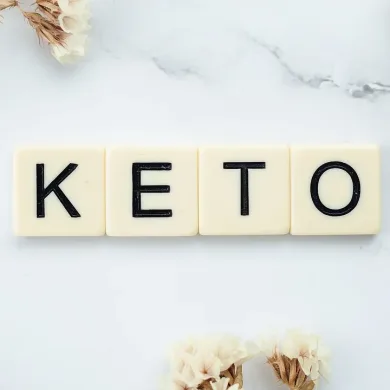
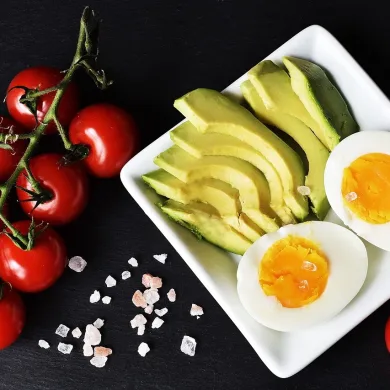

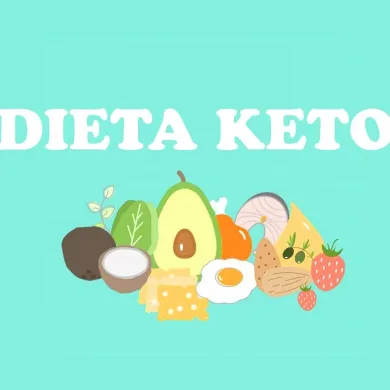
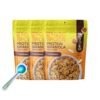

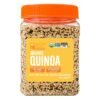

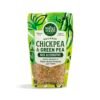

Add comment